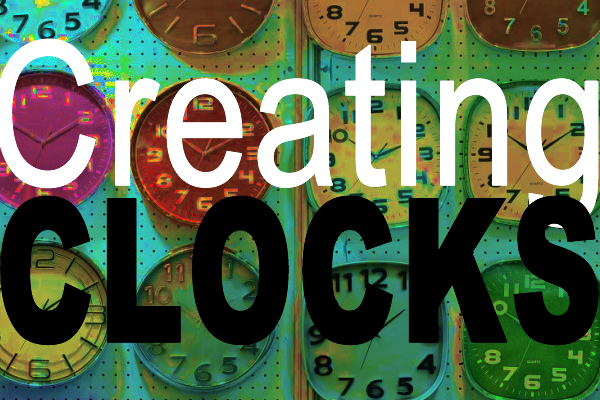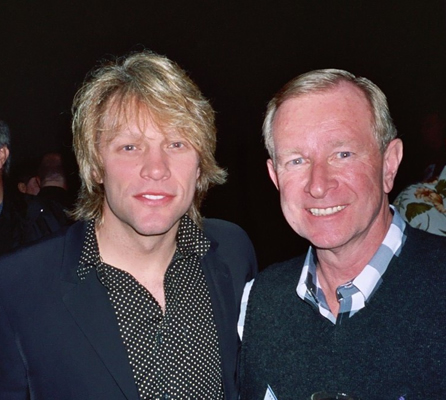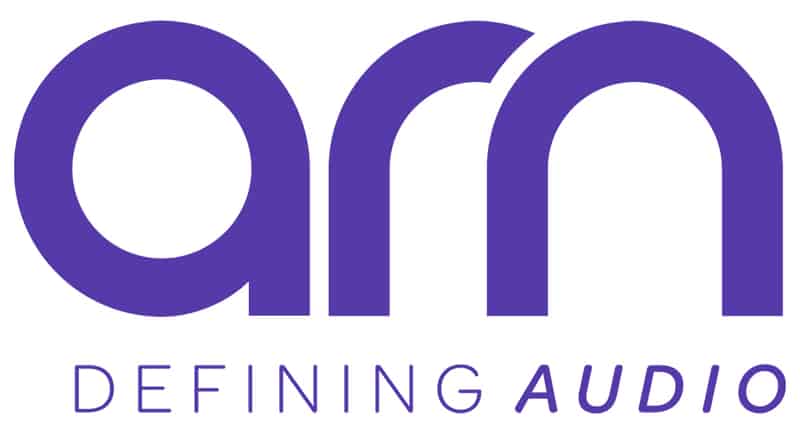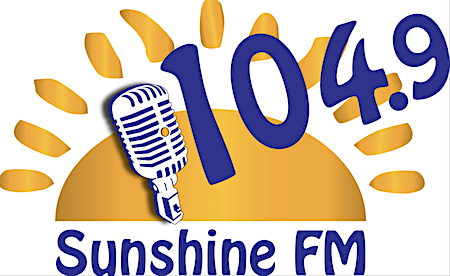Creating Clocks: The Lost Art?

Creating perfect music clocks for your radio station is an art form. It combines strategy, tactics & creativity. It shouldn’t be rushed. It’s part of the blueprint in building a great radio station.
In some stations, creating clocks is becoming a lost art. I’ve attended many strategy meetings where clock creation is the last item on the agenda. It’s also the time that the GM & or the CEO tend to leave the meeting.
Before the legendary Todd Wallace invented callout music research, CHR programmers relied on Top 40 charts compiled by data supplied by record stores, to create clocks & playlists.
By nature, Top 40 or CHR radio stations play lots of different styles of music. Playing the best music for them means playing the hits over & over in a more music environment. Top 40 radio stations must program for Cume not TSL.
As music formats become more fragmented than ever it means that your station’s format has to be clearly defined & different enough to your competitors to cut through.
In creating clocks, the 20 Minute Music Test is very important
Tempo, Types, Era & Overall Variety all come into play.
 I’ve asked some prominent programmers to share their views on crafting great clocks. In a previous article U.S. Programmer, Todd Wallace explained how he creates a CHR clock.
I’ve asked some prominent programmers to share their views on crafting great clocks. In a previous article U.S. Programmer, Todd Wallace explained how he creates a CHR clock.
One basic truth that I believe still holds true in Top 40 CHR Radio is to ensure that every song you play is, was, or will be a bona-fide proven hit.
A corollary to that is: the larger your playlist, the less likely it is that you’ll be able to always be playing a real hit of true mass acceptance.
Some programmers may think that would logically result in a simple music policy of only having a squeaky-tight playlist.
But that ignores another important premise – while it’s generally true in CHR that you don’t get hurt by what you don’t play, you also don’t get helped by what you don’t play”. So I maintain that it’s always a delicate balance.
With that in mind, when you look at a music research study in just about any market in the world, you usually see a pattern where seven real hits tend to emerge every week, three or four of which are absolute winners (I call those A1’s or A2’s, some call them Hots.). These can rotate every 90 to 120 minutes, depending on the competitive market matrix and, of course, the relative strength of the individual songs. This is where it’s crucial to have state-of-the-art music research to help you identify the real hits. And, equally important, to help you ascertain appropriate local timing. Continuing to play a song that has already done its dash and already spent its remaining hit potential two or three weeks ago could give your competitor an advantage over you. Similarly, put the wrong song in an ultra-hot 90-minute rotation and your TSL will be done like a dinner. This top 3, next four deployments also makes it easy to relax the rotations to 3-hour or 4-hour spans by just planning one of each A1 or A2 category in an hour.
Then 8 or 9 songs of strong mass appeal that have already been exposed in your market and are upwardly mobile, either inching their way up or bounding their way up, heading toward mass acceptance (the top 7). We might call these B’s or UpMo’s. Two of these hourly will result in a comfortable 4 to 4½ hour rotation. This avoids the dreaded five-hour harmonic which can often increase repetition-perception as a song gets repeated in the 7am, Noon, and 5pm hours in a typical listener’s day when they are most likely to be listening and thus might notice such repetition.
Then there are usually 8 to 10 songs that are former established hits that have peaked in audience acceptance but are still strong enough not to be put out to Recurrent Pasture where they’d only get limited exposure. These might be called C’s or DownMo’s or Super-Recurrents. Buzz Bennett used to call this category “Toast”. Any song in this category must have been a former A, as must any song in your regular Recurrent categories. When you hear a song of questionable value on a CHR station, it’s often a second-tier Recurrent that was never an A. I like to ask PD’s, “How many of those mercy bookings exist in your lower-tier Recurrent or lower-echelon Gold categories?” The TW rule of thumb: If it wasn’t a Top 5 hit (in other words, a solid A) it really wasn’t a true “hit” in CHR terms.
Finally, there are generally 4 to 6 new songs with enough hit potential that enable your station to get credit for music discovery in the minds of active music-driven listeners. These might be called “X” or New or Exposures. Playing one such new song an hour is usually sufficient, but you always want to keep an eye peeled for the occasional breakout hit that you can move up the food-chain quickly on a moment’s notice.
I’ve always espoused programming to the audience through the methodology you’re being measured by. So where in the programming hour you slot your categories should be influenced by where your competition is slotting theirs and whether you’re in a diary-survey or a PPM market. Metered-technology has recently proven that some of the old wives’ tales we used to assume were gospel need to be overruled and replaced with “new rules” and more enlightened thinking and concepts. Nowadays it’s important to make sure your playlist philosophies are up to date, logical, and still valid. But you should always be looking for ways to unpredictably zig when you’re expected to zag – after all, there’s no rule to what’s right. And that applies to music, as much as it does to presentation, and everything else you do.
Todd Wallace’s CHR Clock
- RC1or 2
- A2 or A1
- B
- Gold 1 0r 2
- A1
- D (can be swapped with C)
- A1 or A2
- B(6 Unit break)
- Gold 3 or 4
- C(6 Unit break)
The Category Breakdown:
80% current / 20% gold
A1 – 3-4 songs: 2-3 hour rotate (HITS)
A2 – 3-4 songs: 3-4 hour rotate (HITS)
B – 5-8 songs: 4-5 hour rotate (UPWARD)
C – 7-9 songs: 7-9 hour rotate (DOWNWARD/High REC) Songs can stay up to 24 weeks.
D – 4-5 songs: 4-5 hour rotate (UPWARD/NEW)
X – NIGHTS ONLY
RC1 – 13 songs
RC2 – 19 songs
RC3 – 28-35 songs *All recurrents rotate at one an hour.
D can move straight to A if it’s a killer.
After 3 weeks in D a song should be dumped if it’s not beginning to cut through.
Any C must have been a former A1 or A2 (a top 5 hit). Any level of RC should have been a former C for at least 4 weeks. The downfall of too many stations is weak recurrents (playing songs that only mid-charted as B’s, thus contaminating the true familiarity of such “recent gold”.
Todd can be contacted at [email protected]
In Part Two of Creating Clocks: The Lost Art Greg Smith will catch up with Third Wave Media’s Eriks Celmins as he looks at the underlying principles that apply to any gold-intensive format. And ahead we’ll also explore Universe Management and the Science Versus the Art.


